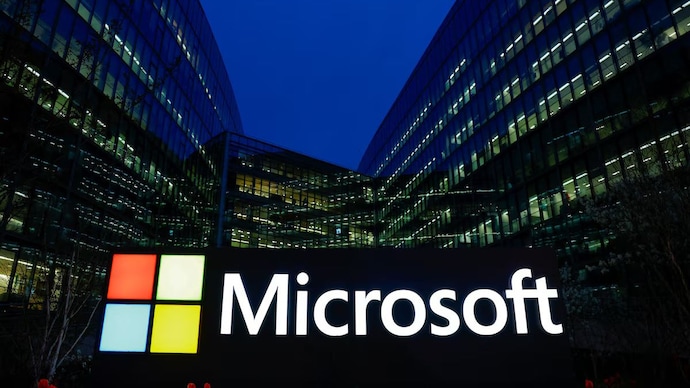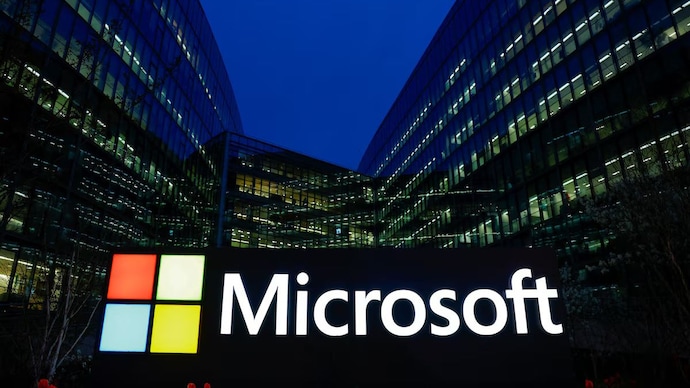Microsoft’s AI Push Comes at a Steep Cost for Software Engineers
Microsoft’s recent layoffs have hit software engineers particularly hard, with over 40% of job cuts in Washington state targeting engineering roles. This move comes as the company aggressively invests in AI-driven coding tools, creating an ironic situation where engineers were let go after being tasked with developing the very AI systems that replaced them.
The tech giant announced global job cuts affecting roughly 6,000 employees, with internal data showing a disproportionate impact on engineering staff. According to a Bloomberg analysis, the layoffs in Washington state primarily targeted software engineers. Reports from CNBC and The Information reveal that some of these engineers were instructed to increase their reliance on AI tools mere months before their termination.
Jeff Hulse, a Microsoft VP overseeing 400 engineers, had directed his team to use OpenAI-powered chatbots to generate up to 50% of their code – a significant increase from the typical 20-30% AI contribution. Weeks later, his team was among those affected by the layoffs. This sequence of events raises uncomfortable questions about whether these engineers were unwittingly training their own replacements.

Microsoft CEO Satya Nadella has touted AI as a productivity breakthrough, noting that nearly a third of the company’s code is now generated by AI in some projects. However, for the affected engineers, this technological advancement comes with personal costs. The layoffs weren’t limited to junior coders; employees in product management, technical program management, and AI project roles were also impacted.
Gabriela de Queiroz, Microsoft’s Director of AI for Startups, publicly acknowledged her own dismissal, describing it as “bittersweet” and expressing sorrow for colleagues who had dedicated themselves to their work. State filings indicate that customer-facing roles like sales and marketing were largely spared from the layoffs.
While Microsoft claims the restructuring is about removing management layers, the numbers suggest otherwise. Only 17% of the Washington layoffs were managers, mirroring the company’s overall managerial ratio. The real driver appears to be cost-cutting amid significant AI investments, including data center expansions and OpenAI partnerships.
The layoffs have sparked internal protests, including an incident at Microsoft’s Build 2025 event where an employee, Joe Lopez, disrupted proceedings to condemn the company’s contracts with the Israeli government. For many engineers who lost their jobs, the hardest part is knowing they helped Microsoft transition to AI-driven development, only to be let go because of it.


